Tracking Wildlife, Reimagined: The Story Behind the Luminous Collar

After five years of design, testing, and fieldwork, we are proud to introduce the Margo Luminous Satellite Tracking Collar. At its core, it’s built to do one thing exceptionally well and that is to help us better understand wildlife in a way that’s minimally invasive and highly effective.
Margo Luminous Tracking Collar: The Future of Wildlife Tracking Technology
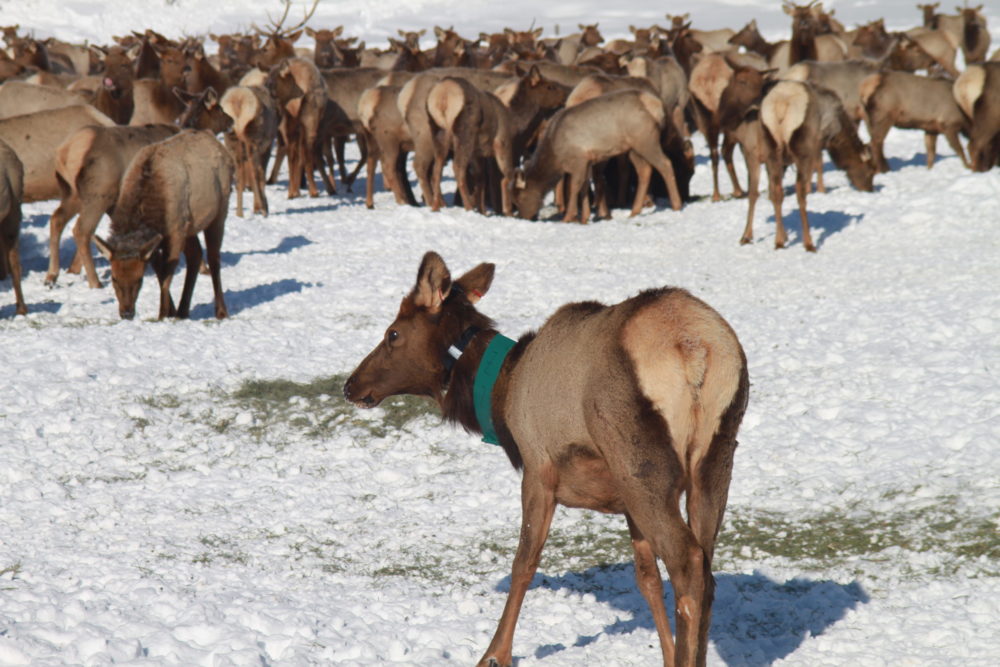
The Margo Luminous Tracking Collar is the result of four years of re-imagining wildlife tracking technology. We incorporated a single housing design, solar charging, and state-of-the-art reception which unlocks performance never before seen in a two-way satellite tracking collar. Our 170g device can collect hourly GPS fixes on a long-term basis and in ideal conditions will relay position to our web interface seconds after collection – allowing near real-time monitoring. After extensive field testing, we are excited to release this product to the larger wildlife community. Collar Features: 1 GPS fix per hour 2+ years of standalone battery life 5+ years of battery life with solar 170g device weight (~250g total weight) High-resolution data Single housing design Best-in-class reception Near real-time data possible Configurable accelerometer data Global coverage on Iridium network Reporting Information: User-friendly web app with data download Web-based tracking provides latitude, longitude, solar power level, and temperature of the unit View satellite images of any active collars Transparent representation of data
Using Electric Fencing to Manage Bear Conflict
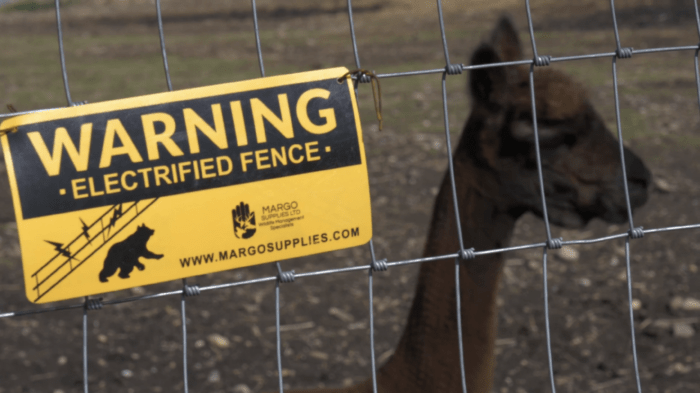
Bear conflict, in large, is driven by food in Alberta. Margo Supplies Heavy Duty fence is the tool of choice for homeowners, hobby farms, and industry professionals. The Heavy Duty fence is a multi-functional carnivore fence that can be a standalone fence system or can be installed on an existing fence. http://vimeo.com/video/631000796?h=8d541b7de8 Jay Honeyman is a bear conflict biologist with Alberta Environment and Parks. His job is large carnivore conflict mitigation and with that, he often deals with human-bear conflict. Jay explains the nature of these conflicts, and how installing a simple electric fence can protect high-value food sources from bears. From hobby farms to industry professionals, the benefits of electric fencing can be easily understood after speaking with Honeyman. “By reducing conflict and reducing these attractants so that bears aren’t interested in coming onto people’s properties. We’re not having to euthanize bears, we’re not having to relocate bears, we’re not having property damage for the landowner, and we’re not having public safety issues with bears hanging around properties.” – Honeyman, 2021 Electric Fencing is an integral component for managing conflicts with bears, especially when bears are motivated to an area. Once a bear gets a food reward they become quite driven and they will return to the area. Electric fencing breaks this reward cycle and tells the bear that they need to move on. “By removing the food source, it’s a win-win for everyone, and it’s something we should be doing more of”
What is in Bear Spray and How Does it Work?
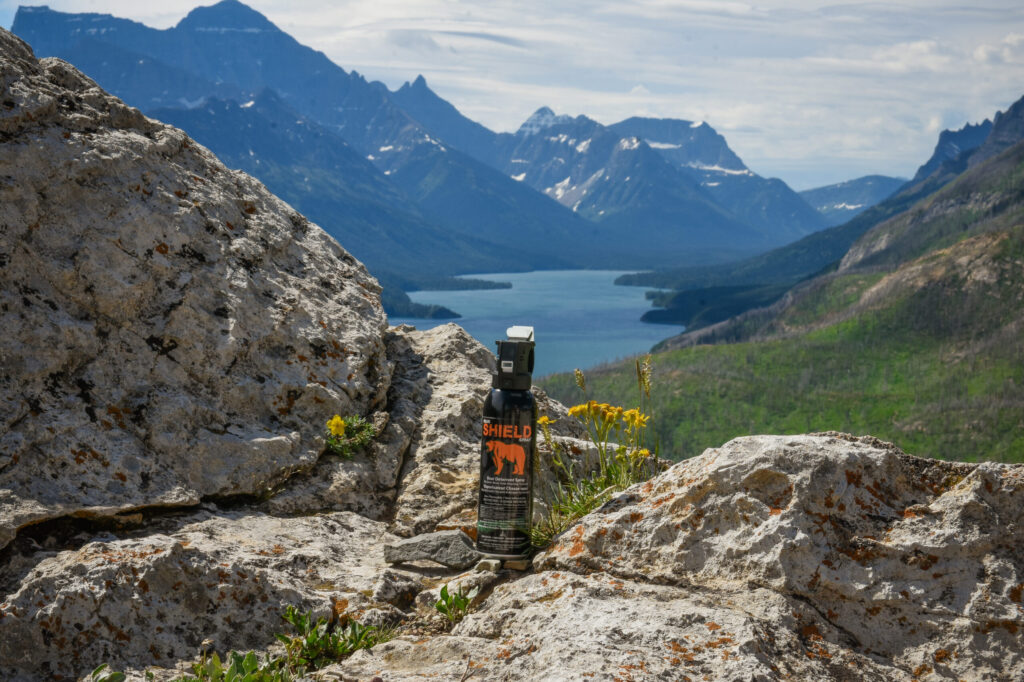
If you work or visit areas where bears may be present, you might have been told to “be prepared with bear spray”, but what is actually in bear spray and how does it work? In short, bear spray is the last line of defense against bear attacks. While many bear encounters do not result in the use of bear spray, in close contact encounters, it has been proven to minimize harm and prevent fatalities. In a study conducted in Alaska, it was found that 98% of people who carried bear spray were uninjured in a close-range bear encounter. In a study of 83 bear-related incidents, 98% of people who carried bear spray were uninjured in a close-range encounter. – Efficacy of Bear Deterrent Spray in Alaska, 2010 How does it work? Bear spray is an aerosol, similar to hair spray or bug spray. Aerosols are a combination of propellants and solvents under pressure that are contained within a can. The propellant is what allows for the solvent to be dispersed into the air. Most bear sprays use a propellant called R134a, popular for its non-flammable and non-toxic properties. R134a was recently banned in Canada without an essential-use permit due to its negative environmental impact. The solvent is the product that is being dispersed into the air. In the case of bear spray, the solvent or product is called capsaicin. Capsaicin is the active component of chili peppers. It is commonly used in food products, pharmaceuticals and animal deterrents. Capsaicin creates a burning sensation upon contact, making it an irritant to mammals, including humans. Bear Safety Hub Practicing bear safety can reduce potential fatalieies for both animals and humans. From bear spray to electric fencing, we can help you to reduce potential conflicts and ensure you areprepared in the event of a bear encounter. Learn About Bear Safety
Bear Safety: An Alberta Case Study
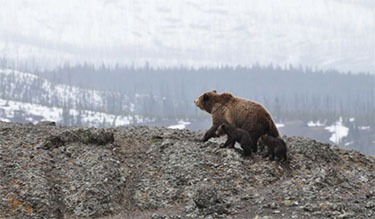
Human-bear conflict is an ongoing challenge to both conservation efforts and in the daily lives of the people who live and work in bear country. Bear Safety Tips keep you safe in bear country. Grizzly bears that have been habituated to human food sources can destroy private property, cause significant economic losses, and even cause public safety concerns. However, through cooperation among scientists, government agencies, NGOs and the public, human-bear conflict can be reduced, saving resources and protecting these valuable animals. This month we’re lucky enough to feature the work of Dr. Andrea Morehouse who shares the conservation challenges and practical Bear Safety Tips found in Southwest Alberta. Buy Margo’s Best Bear Spray HERE The mountains meet in the prairies in southwestern Alberta. Strong winds shape the landscape and the Rocky Mountains transition rapidly to agricultural lands resulting in spectacular scenery. Grizzly Bears and other large carnivores roam the landscape. The area is part of the Crown of the Continent, home to a UNESCO Biosphere Reserve, and arguably one of the most beautiful places in Alberta. For the past nine years, I have been lucky to call southwestern Alberta home. Coexisting with Large Carnivores in Southwestern Alberta Unlike other areas of the province with extensive protected regions and large tracts of public land, southwestern Alberta has limited public lands. Within the 3,600 km² grizzly bear management area (BMA 6) that extends from Highway 3 south to the Montana border, only about 2,000 km² are public land. Simply put, this is not enough space to sustain viable populations of wide-ranging large carnivores. As a result, there is significant overlap between large carnivore home ranges and private land uses. Not surprisingly, southwestern Alberta continues to be a hotspot for large carnivore-agricultural conflicts, and bear safety remains an important topic. “I feel fortunate to work with a community of proactive people willing to consider a landscape shared with carnivores.” The region is home to all four native large carnivores—grizzly bears, black bears, wolves, and cougars—and it was research on these species that brought me to the area. My experience in southwestern Alberta began as an M.Sc. student at the University of Alberta studying wolf diet. I later completed a Ph.D. at the same university focused on grizzly bear population ecology and large carnivore conflicts in the region. The Challenge of Living with Carnivores Depredation of livestock by large carnivores is a long-standing issue, with wolves being the primary culprit. During the summer grazing season, approximately 45% of a wolf’s diet consists of domestic cattle. Grizzly bears also kill livestock and are responsible for the second-highest number of livestock depredation events in Alberta. Southwestern Alberta has one of the highest grizzly bear densities in the province. Resident grizzly bear density in BMA 6 is 20.4 grizzly bears per 1,000 km² in the Recovery Zone (western public lands) and 17.1 grizzly bears per 1,000 km² in the Support Zone (eastern private lands). Each year, approximately 172 grizzly bears use the area. Because of their omnivorous diet, grizzly bears cause more problems than just livestock depredation. Access to attractants often creates conflicts between people and bears. Bears may damage standing crops, stored silage, and grain; destroy grain bins; raid gardens, fruit trees, and garbage; and pose safety issues when near homes or communities. Understandably, these conflicts are a major concern for residents living within carnivore home ranges. IMAGE: BEAR SAFETY TIPS FROM WATERTON ollaborative Solutions and Community Action Preventing negative interactions with large carnivores requires localized solutions. There is no “one size fits all” approach to mitigating human-carnivore conflicts—each situation must be place-based and tailored to those affected. I feel fortunate to work with a proactive community willing to share the landscape with carnivores. Building on previous work led by groups such as the Drywood Yarrow Conservation Partnership, the Chief Mountain Landowner Initiative, and Montana’s Blackfoot Challenge, as well as partnerships with the provincial government, the Waterton Biosphere Reserve’s (WBR) Carnivores and Communities Program began in 2009 in response to rising conflicts between large carnivores and agriculture. I became involved with WBR in 2011 and joined its board of directors in 2014. “We operate on a consensus-based model and together have made tremendous strides in reducing agricultural conflicts with large carnivores.” The Carnivores and Communities Program is led by the Carnivore Working Group (CWG), which includes landowners and producers from Cardston County and the Municipalities of Pincher Creek, Ranchland, and Willow Creek, along with representatives from the provincial government, non-profit organizations such as the Nature Conservancy of Canada, and researchers like myself. The CWG operates on a consensus-based model, and together we have made tremendous progress in reducing agricultural conflicts with large carnivores in the region. Reducing Attractants: Practical Tools for Coexistence Much of the WBR CWG’s work focuses on limiting grizzly bear access to agricultural attractants. Our research shows that grain and dead livestock are the two most common attractants in southwestern Alberta. Upgrading grain bins with bear-proof doors, hopper-bottom bins, and cement floors has helped prevent grizzly bear access. Sea cans, or shipping containers, are also used successfully to store grain and other attractants. Additionally, electric fencing has proven to be one of the most effective tools for preventing grizzly bear access to grain, silage, bee yards, and calving pastures. Deadstock, or boneyards, are major attractants for all large carnivores, potentially drawing them close to other farm resources. The WBR’s deadstock removal program tackles this issue through on-farm pickup or bear-proof collection bins, which allow producers to safely dispose of carcasses and remove attractants from their property. “Electric fencing has been a powerful tool in preventing grizzly bear access to a wide variety of attractants.” Looking Ahead The relationship between large carnivores and people in southwestern Alberta is complex. Mitigating conflicts and improving bear safety begins with strong working relationships among all stakeholders. While several factors influence bear incidents, the number of conflicts involving grizzly bears in southwestern Alberta decreased noticeably in 2015 for the first time since 2006. Although much
Preventing Human-Bear Conflict With Computer Modelling Technology
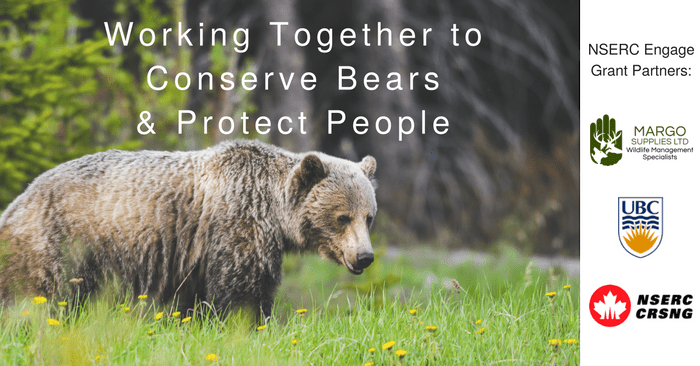
Press Release – Margo Supplies Announces New Human-Bear Conflict Research Collaborating with UBC OkanaganMargo Supplies is excited to launch a computer modeling study this year. In this project, our team will work with Dr. Lael Parrott from UBC Okanagan to identify the most effective methods for reducing conflict in Whistler, BC. Additionally, this collaboration will combine academic expertise with practical field experience. Federal Funding SupportDr. Parrott recently received federal funding through the Natural Sciences and Engineering Research Council (NSERC) Engage Grant. This grant, in turn, encourages partnerships between innovative Canadian companies and university experts. Moreover, it provides resources to develop solutions with real-world applications. Understanding Human-Bear ConflictsConflicts occur when bears become habituated to humans or access unnatural food, such as garbage. Consequently, these food-conditioned bears can threaten property and public safety. Unfortunately, authorities often euthanize them when conflicts escalate. Non-Lethal Deterrent StrategiesTo address these risks, we will focus on non-lethal deterrents and attractant management. Specifically, strategies include aversive conditioning using pyrotechnic noisemakers, or “bear bangers,” and electric fencing around known food sources. In addition, these methods help conserve bear populations while protecting people. Creating a Simulation ModelThe Engage Grant will fund a computer agent-based model of the Whistler Valley ecosystem. Within this model, simulated bears will interact with the virtual environment. As a result, we can test deterrent strategies and predict their effectiveness before applying them in the field. Forecasting Bear BehaviorOur model will forecast how bears behave under different management scenarios. By including both deterrent costs and responses to problem bears, municipalities can plan better. Consequently, this tool helps allocate resources efficiently and reduce human-bear conflicts. Voices from the Project“I think most people enjoy sharing the landscape with bears,” says Jeff Marley, president and founder of Margo Supplies. Therefore, we want to give municipalities a tool to guide their bear programs and help people coexist safely with wildlife. “Human-bear conflict is a complex issue with ecological and social dimensions,” adds Dr. Lael Parrott. By analyzing how bears respond to human development across the landscape, we can improve management. Ultimately, this approach protects both bears and people.
